Photo Journal: The Gorgeous San Andreas Fault
Milky secretions
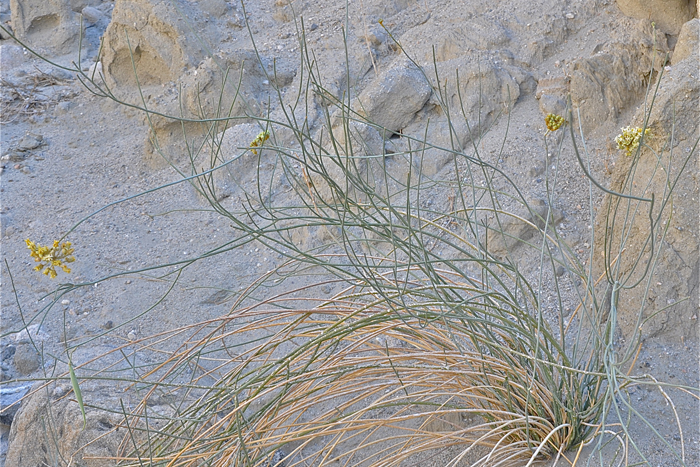
Desert Milkweed, Asclepias subulata, is also commonly found in the sandy washes throughout the fault zone. Desert milkweed is a perennial plant that can grow to a height of 3 to 5 feet (0.9 to 1.5 meters). When a stem is broken, it exudes milky latex that contains rubber. Various Native Americans used the desert milkweed as a medicinal plant. Other perennial desert plants such as creosote bush, Larrea tridentate, and brittlebush, Encelia farinose, are commonly found.
Struggling to survive
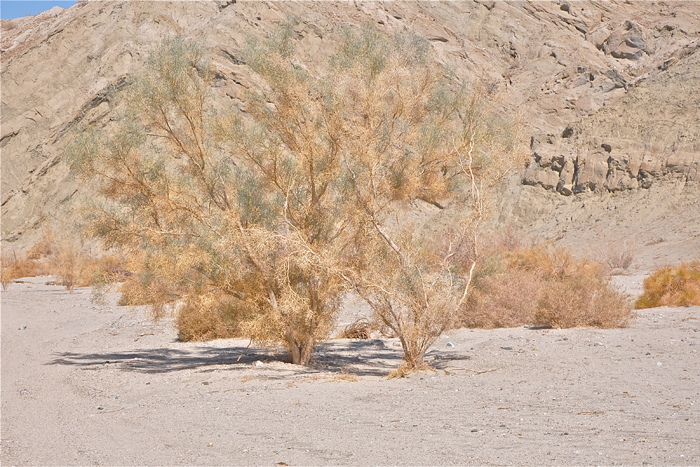
Two small Smoke Trees, Dalea spinosa, struggle to survive in an extremely dry wash of the Indio Hills Fault Zone. These perennial plants get their name from their golden, plumelike growth that can look like rising smoke from a distance. The trees tend to have small, crooked trunks with a scaly, gray-brown bark.
Spectacular blooms
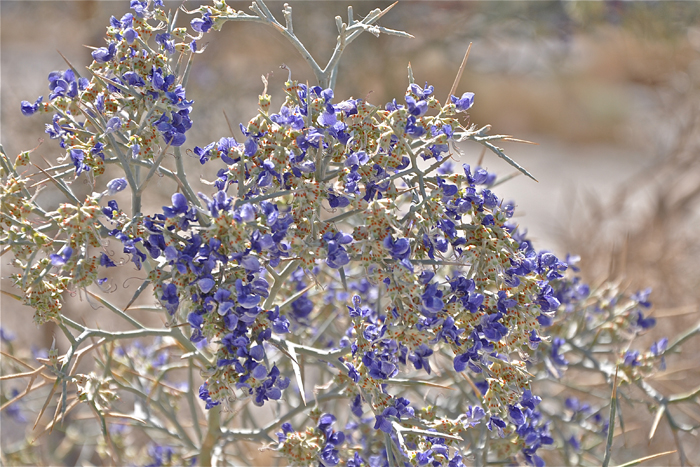
Since the smoke tree is a member of the pea family, its late springtime bloom is quite spectacular. The flowers reach about one-half inch in size and are a rich purple or violet color. The flowers grow in 1.5–inch clusters along the leafless twigs. In this harsh, desert environment, the blooming smoke trees add an incredible contrast to the predominant brown-toned landscape in which they grow.
The Wave
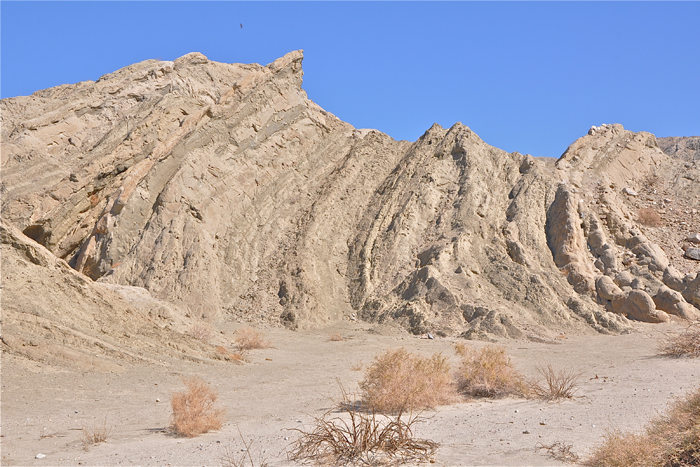
Throughout the Indio Hills Fault Zone of the San Andreas Fault, bent and broken rocks create a unique and interesting landscape. Locals have given many of the features names like "The Wave" shown here.
Mythical dragon
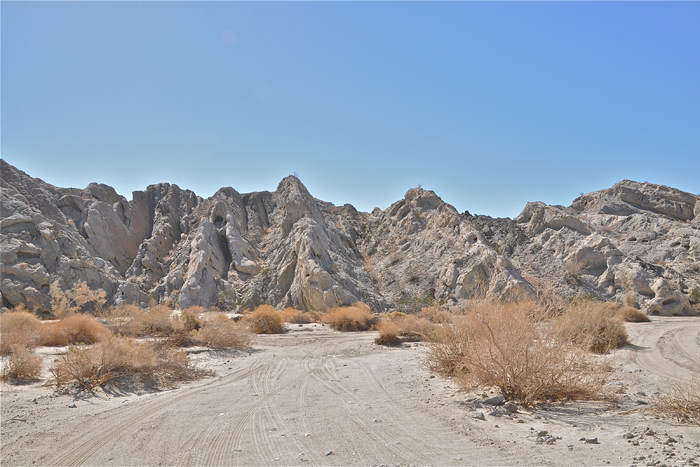
And here in the imagination of some, a mythical dragon's spiny back is formed by a series of uplifted ridges.
Flaring nostrils
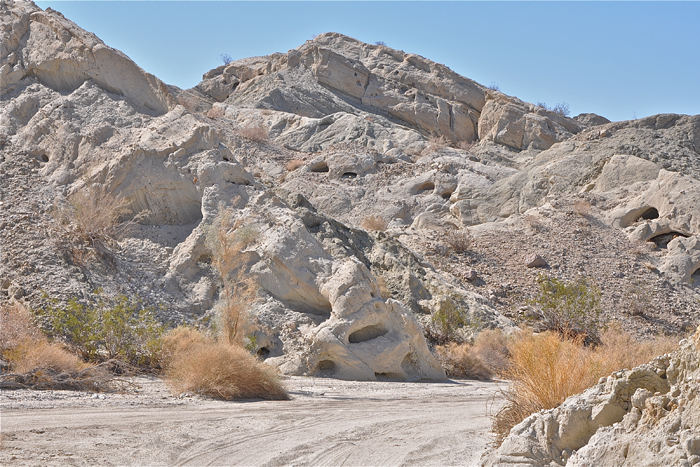
And the flaring nostrils of that dragon’s head were created by the weathering force of blowing wind.
Colliding plates
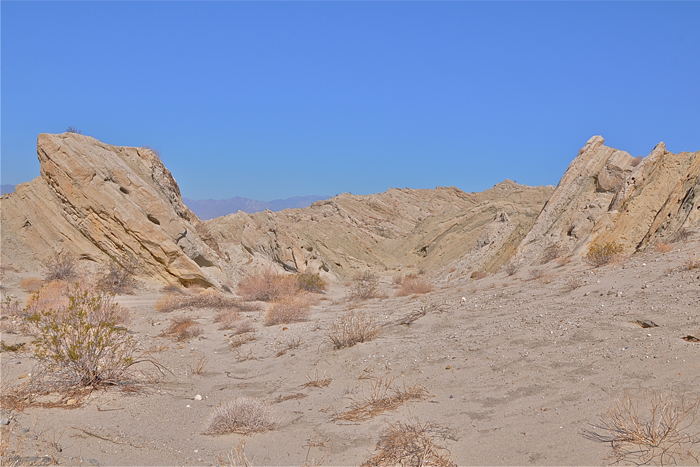
Massive rocks are thrust upwards, but in opposite directions throughout the fault zone, giving visual testament to the powerful geological forces still at work when the Pacific and North American continental plates collide and grind along a region known as the San Andreas Fault.
Get the world’s most fascinating discoveries delivered straight to your inbox.
